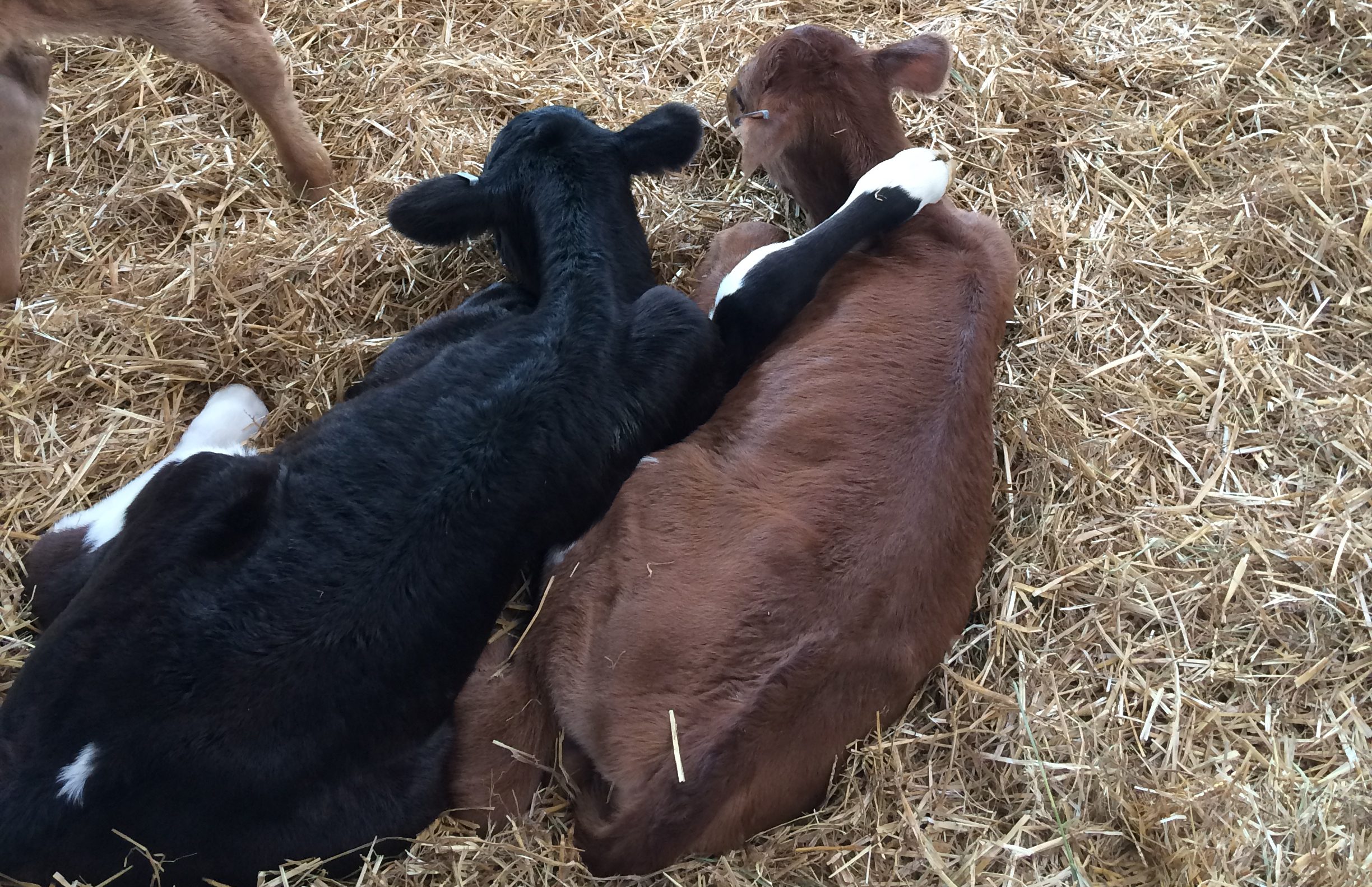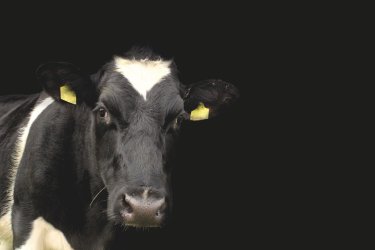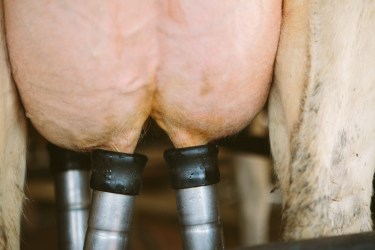By Andy Taylor
We all know that it is critical to get calves off to a good start. They cost a lot to produce and failure in early life nutrition has been proven to negatively impact future milking performance, many times over. With so many brands and types of milk substitute feeds on the market, it can easily feel like you are in the middle of a minefield without a map to escape.
Milk powders are a combination of different ingredients and manufacturing processes which make up a variation in potential nutrient supply. Trying to understand the label isn’t easy but there are some key questions to ask before making a purchase.
- What is the energy content?
- What is the dairy protein source?
- Is the protein source of good quality (plant or dairy)?
- Is the milk powder easily digestible?
Milk powder reduces the risk of disease transfer and provides a more consistent feed (when mixed properly). However, due to a lower fat level, it has a lower energy content than milk. Products with a plant-based protein have lower digestibility in calves under three weeks old. Therefore, it is vital we know the protein source and energy content of our milk powder. Most manufactures would recommend up to 900g of powder fed per day: 600g is to sustain life and 300g helps the calf to grow and face disease challenges.
Understanding the label
It can be difficult to assess milk powder from the label alone. This is because the only legal requirement is to list the ingredients it contains in descending order. The constituents usually listed are crude protein, fat, fibre, ash and sometimes moisture.
What should a good milk powder contain?

These measures are important to know and give an indication of the quality of a replacer, however, there are good proteins and not so good proteins. Energy is supplied mainly for the fat proportion but not all fats are created or used by the calf in the same way. There are good fats and less digestible fats. The ash level is a crude measure of minerals and vitamins but tells us nothing about the breakdown or quality of these essential micro-nutrients.
Protein
Protein is key for tissue growth and development. Protein sources in milk powder can be milk based (e.g. Dried skimmed milk, whey, casein), egg based, or plant based (e.g. Soya, Wheat gluten, Pea).
Calves are better able to digest powders with milk-based protein, particularly those under three weeks of age. Skimmed milk powder forms a clot in the “milk stomach” as these powders contain casein. The digestion of casein is the same as the digestion of whole milk, therefore provides the calf with satisfaction of “gut fill” over a longer period than whey powder as that does not clot.
Arguments can be presented that the absence of a casein clot in the milk stomach of the calf promotes the hunger drive to solid starter pellets. This can enhance rumen development and earlier successful weaning. Whey and vegetable-based substitutes do not clot.
Oil and fat
Vegetable fats such as palm oil, coconut oil or soybean have a similar digestibility to milk fats in calves over two weeks of age. A higher proportion of coconut fat is better due to higher digestibility. If your calves are under two weeks of age, vegetable fats and proteins may increase the risk of scour.
Fats are emulsified to a greater or lesser extent in the manufacturing process. The more emulsified a fat is, the more digestible it will be. However, the level of emulsification isn’t declared which means you cannot judge the digestibility of the fat content based on the specification alone. The only way to judge the quality is to consider the manufacturer and the price, as more expensive powders tend to be more emulsified.
Fibre
Fibre in milk powder has no nutritional value to a baby calf. The level declared does give an indication of the ingredients used in the formulation. However, as these are declared in the ingredient list there is little to be gained from knowing this proportion.
Ash, vitamin and mineral
Ash is a crude indication of the mineral level in the powder and should not be above 8%. Declared minerals can vary between milk powders but it is not usually a concerning factor in the nutrition of the growing calf.
Conclusion
Choosing the right milk powder and feeding the correct amount to your calves at any stage of development whilst, not being entirely straightforward, is important to get right.
Sadly, you will not find all the answers on the back of the bag as this only declares legally required information. Buying on price and declared proportions of fat, protein, fibre and ash will limit your ability to make a valued judgement on the product you select for your calves. More investigation and questioning are needed before deciding what to buy. Within reason, I am inclined not to worry too much about the price paid per tonne for milk replacer. Even saving £500 per tonne will only save £20 on the cost of rearing, an amount that is easily repaid in additional milk and less disease, providing a calf hits its growth targets.
There are a great many more things to consider ensuring success in calf rearing such as diet consistency, cleanliness, vaccination and a good environment.
Contact the Farm Consultancy team for tailored guidance and information on choosing the right milk powder for your calves.








